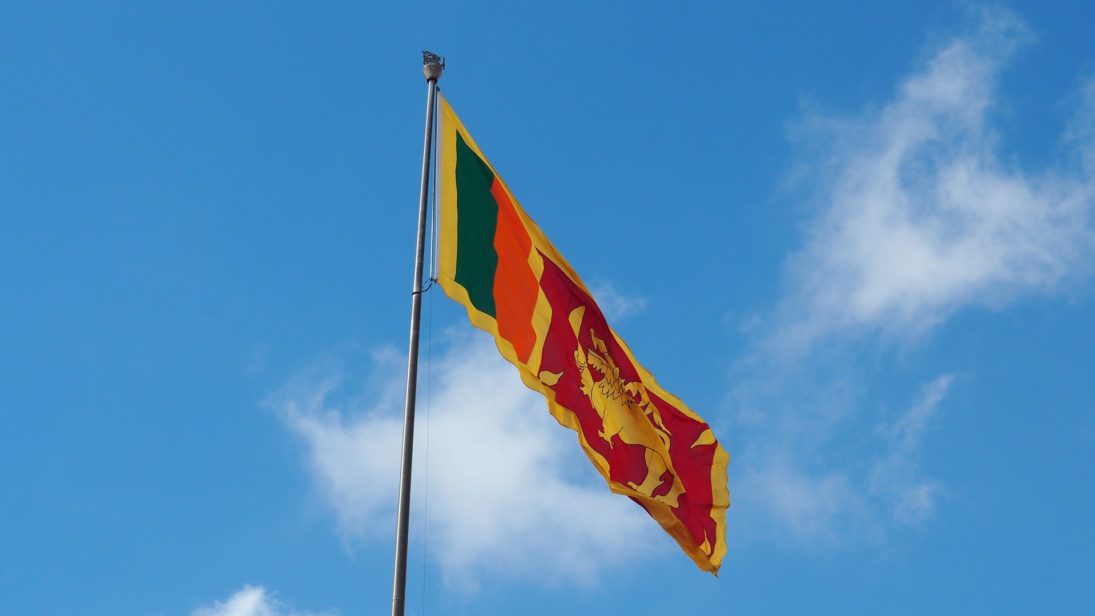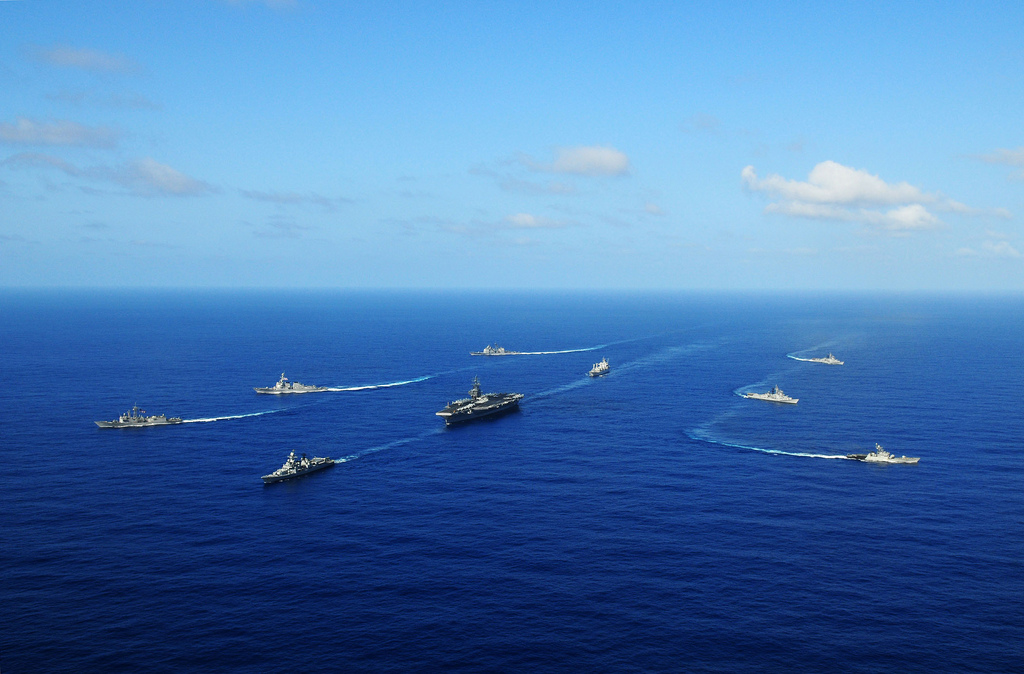
Policy discussions on South Asian nuclear issues are usually dominated by recommendations for nuclear risk reduction and crisis management between India and Pakistan. By contrast, these conversations rarely address the actions non-nuclear weapon states in the region could take towards nuclear disarmament, nonproliferation, and risk reduction. As the naval nuclear dynamics in South Asia become increasingly unstable, Sri Lanka should work to establish a single-state Weapon Free Zone (NWFZ), based on a combination of political realism, nonalignment, and participation in regional and global efforts to strengthen international peace.
What is a NWFZ?
A NWFZ is a regional arrangement in which countries at least partially quarantine themselves from the threat of nuclear weapons, usually by prohibiting the development, stockpiling, and stationing of nuclear weapons. Unlike the Treaty on the Non-Proliferation of Nuclear Weapons, these zones are not meant to serve as arms control regimes. Instead, they represent a gradual approach to delegitimize nuclear weapons at the regional level. Indeed, the first proposal for a NWFZ, known as the Rapacki Plan, was suggested in 1957, before the emergence of the nonproliferation regime in 1970.
NWFZs have played a vital role in advancing further cooperation and information sharing on disarmament among the NWFZ states. The first conference on NWFZ was held in 2005 in Mexico City, which discussed the prospects of reducing tensions in volatile conflict zones such as the Middle East and the Korean Peninsula. Furthermore, NWFZs may have played a role in discouraging states from acquiring nuclear weapons, including Argentina and South Africa through the Latin American (Tlatelolco) and African (Pelindaba) NWFZ treaties.
NWFZ Options for Sri Lanka
The concept of a NWFZ in South Asia is not a new idea, and has been proposed by various countries in the past. In 1974, Pakistan, Bangladesh, Nepal, Sri Lanka, and the Maldives supported Resolution 3265B at the United Nations General Assembly, which called for the “establishment of a nuclear-weapon-free zone in South Asia.” This regional support for a NWFZ was largely a reaction to India’s first nuclear tests, which took place in 1974. Accordingly, India opposed the United Nations resolution at the time. However, given that India and Pakistan have now joined the nuclear club and are expanding and modernizing their nuclear arsenals, the establishment of a regional NWFZ in South Asia remains a distant reality.
Sri Lanka was one of the earliest supporters of NWFZs. At the 1964 Non-Aligned Summit in Cairo, a comment made by Sri Lankan Prime Minister Sirimavo Bandaranaike led the summit to issue a declaration in favor of global “denuclearized zones.” However, given the current impasse on a South Asian NWFZ, Sri Lanka should look to formulate a single-state NWFZ. This would have immediate implications on the growing trend towards the nuclearization of the Indian Ocean. Without well-managed and open lines of communication from their respective command and control structures, maritime encounters between India and China and India and Pakistan in the Indian Ocean are fraught with potential for inadvertent conflict escalation. As a country that is increasingly looking to expand its regional and global trade links with an emphasis on shipping, tourism, and industrial zone, Sri Lanka should implement a single-state NWFZ as a step towards safeguarding its commercial and territorial security.

Formulating a Single-State NWFZ
Currently, the only example of a single-state NWFZ is that of Mongolia. Mongolia’s nuclear-weapon-free (NWF) policy prohibits the development, movement, or stationing of nuclear weapons within the country, as well as the disposal of nuclear waste. In following Mongolia’s example to form a similar single-state NWFZ, Sri Lanka would have to make a number of decisions on the scope of such a treaty.
First, Sri Lanka would have to decide upon its objectives in establishing a single-state NWFZ, and how to promote them. For instance, it would have to discern whether to outline the strict definitions of terms such as “nuclear weapon” and “delivery systems” within the text of any document, or to leave such details open to negotiations later on. It would also have to decide if the establishment of a single-state NWFZ should prevent any future dumping of nuclear material within Sri Lanka’s territorial, and maritime boundaries, which would be a positive step from an environmental perspective.
Second, Sri Lanka would have to decide whether it would pertain to its land territory alone, or whether it would extend to its territorial waters. The decision to prohibit nuclear activity within Sri Lanka’s maritime boundaries would likely necessitate some level of agreement from China, India, and Pakistan—the three nuclear-armed powers in Sri Lanka’s neighborhood. This would demand that each country take into consideration their competing agendas in the Indian Ocean. It is plausible that Delhi would welcome the initiative, albeit with some initial caution, since it would help to alleviate perceived risks stemming from Sri Lanka’s location within Beijing’s “String of Pearls” and China’s naval nuclear strategy in the region. In order to promote its NWF agenda among regional and global nuclear powers, Sri Lanka could decide to include an additional protocol that will invite both nuclear weapons states (NWS) to sign and ratify an article on “negative security assurances,” which would seek assurances against the use—or threat of use—of nuclear weapons within the agreed upon land and maritime boundary covered in the treaty.
Potential Benefits and Reasons for Caution
The benefits of a single-state NWFZ for Sri Lanka are many: notably, it could open a dialogue on minimizing the risks of a nuclear conflict or accident in the Indo-Pacific region, a scenario that would negatively affect Sri Lanka. There is also the added benefit of reviving Sri Lanka’s credibility in upholding its longstanding principles of nonalignment and disarmament. It could even provide an opportunity for Sri Lanka to link its NWFZ to the Southeast Asian NWFZ, the Bangkok Treaty. Such an outcome would depend on negotiating a treaty that is tied to the Bangkok Treaty’s verification regimes, and which receives broad international recognition, especially from NWS.
It should be noted that general efforts towards a single-state NWFZ should be approached with caution, as a single-state initiative could discourage other countries from joining regional NWFZs. However, given the absence of any efforts towards nuclear nonproliferation and disarmament in South Asia, there seems little harm in Sri Lanka stepping up and leading the conversation by pursuing a single-state NWFZ. In doing so, it positions itself as a neutral player that may facilitate further discussions on nuclear risk reduction measures, nonproliferation, and confidence building measures with the participation of policy-makers, academics, and other key individuals from regional NWS.
***
Image 1: Scott Edmunds via Flickr (cropped)
Image 2: COMSEVENTHFLT via Flickr


